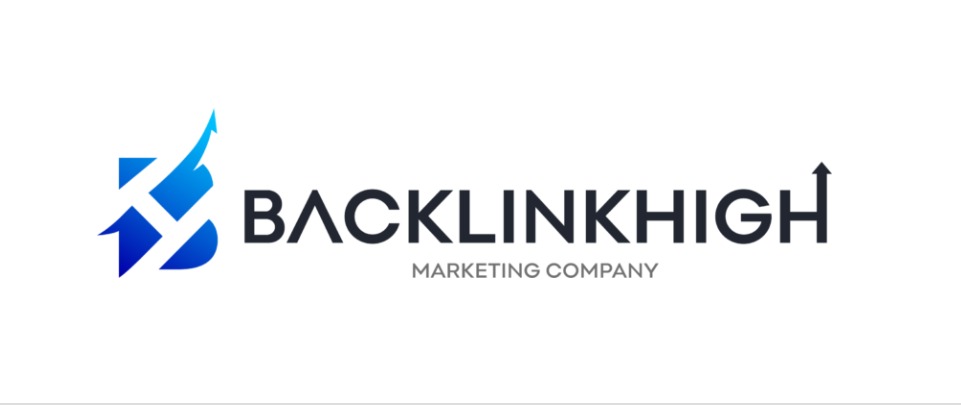In the ever-evolving landscape of digital marketing, 구글 SEO stands as a cornerstone strategy for enhancing online visibility and driving organic traffic to websites. As businesses strive to outrank competitors and secure top positions on Google’s search engine results pages (SERPs), mastering the intricacies of 구글 SEO becomes paramount. This guide delves deep into the strategies, tactics, and best practices that will empower your website to achieve sustained success in SEO.

What is 구글 SEO?
구글 SEO refers to the process of optimizing your website and its content to rank higher in Google’s organic search results. Unlike paid advertising, SEO focuses on enhancing visibility through non-paid means, such as optimizing content, improving website structure, and earning backlinks from authoritative sources. A well-executed 구글 SEO strategy can lead to increased organic traffic, higher conversion rates, and improved brand credibility.
Key Elements of 구글 SEO
Successful 구글 SEO comprises several key elements, each playing a crucial role in determining a website’s search engine rankings:
1. Keyword Research and Optimization
Keyword research forms the foundation of 구글 SEO. It involves identifying relevant keywords and phrases that potential visitors are likely to use when searching for products, services, or information related to your business. Effective keyword optimization includes strategically placing keywords in meta tags, headers, and throughout the content to signal relevance to search engines without compromising readability.
2. On-Page SEO
On-page SEO encompasses all optimizations made directly within your website to improve its search engine rankings. This includes optimizing meta tags (title, description), ensuring proper URL structure, utilizing headers (H1, H2, H3 tags) to organize content, and optimizing image alt text. Additionally, creating high-quality, informative content that satisfies user intent is critical for on-page SEO success.
3. Technical SEO
Technical SEO focuses on the backend of your website, addressing factors that affect search engine crawling and indexing. This includes optimizing site speed, implementing schema markup for enhanced rich snippets, ensuring mobile responsiveness, fixing broken links, and creating a logical site structure with XML sitemaps.
4. Off-Page SEO
Off-page SEO refers to activities conducted outside of your website to improve its authority and relevance. Key strategies include earning high-quality backlinks from reputable websites, engaging in social media marketing to amplify content reach, and participating in online communities to build brand awareness and credibility.
구글 SEO Best Practices
To achieve sustainable SEO success, it’s essential to adhere to best practices that align with Google’s guidelines and algorithm updates:
1. Content Quality and Relevance
Creating high-quality, valuable content tailored to your target audience is fundamental to 구글 SEO. Content should be informative, engaging, and unique, addressing common questions and providing actionable insights. Regularly updating content to reflect industry trends and user preferences can also positively impact search rankings.
2. User Experience (UX) Optimization
A seamless user experience is critical for 구글 SEO. Ensure your website is easy to navigate, with intuitive design elements and fast loading times across all devices. Prioritize mobile optimization, as Google increasingly favors mobile-friendly websites in search rankings.
Conclusion
Mastering 구글 SEO is an ongoing endeavor that requires a combination of technical expertise, strategic planning, and continuous adaptation to algorithm updates. By implementing the strategies outlined in this guide – from comprehensive keyword research and on-page optimization to technical enhancements and off-page SEO efforts – you can position your website for sustained visibility and success in Google’s competitive search landscape.